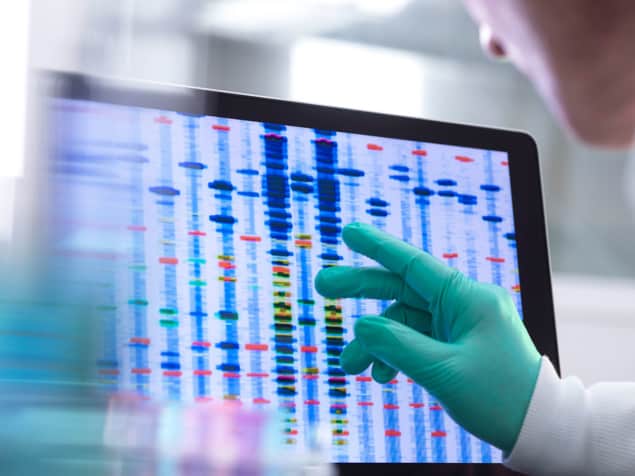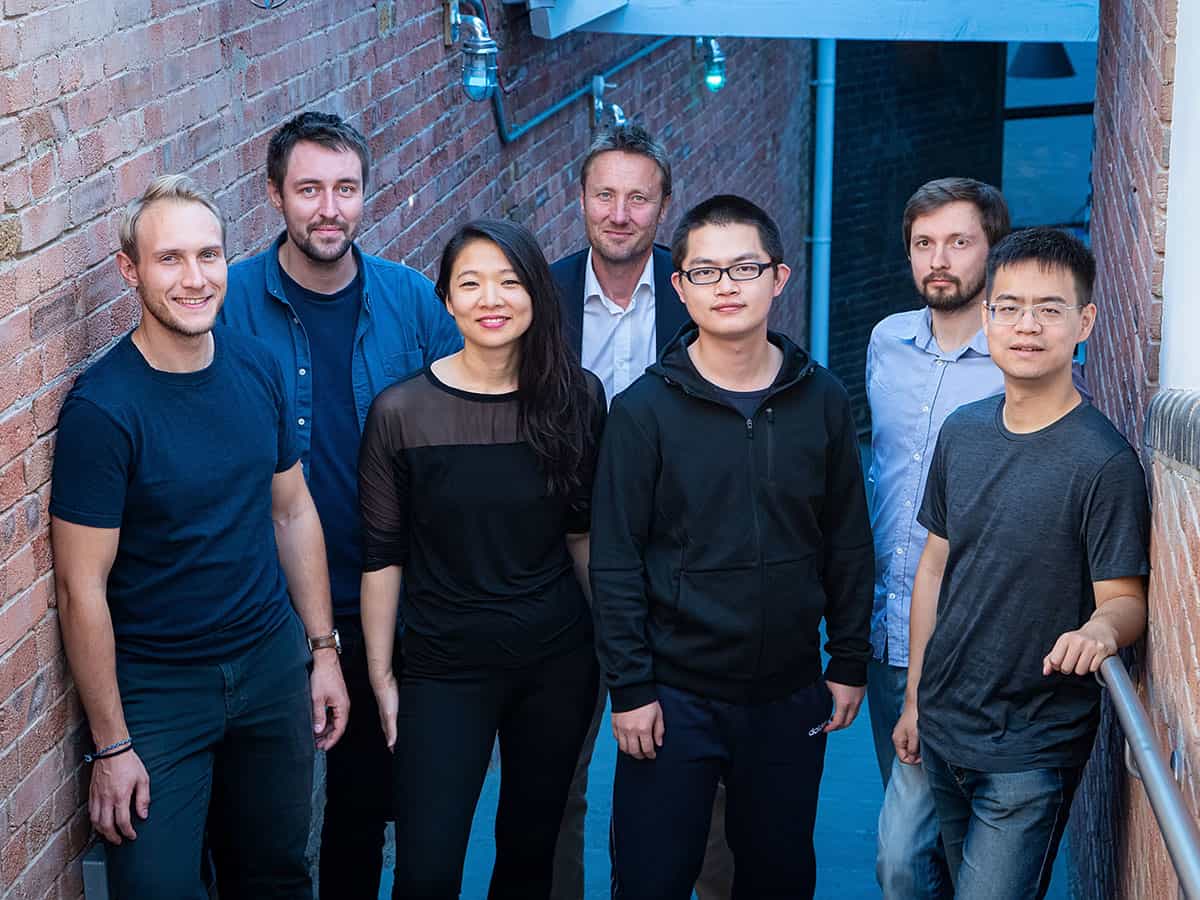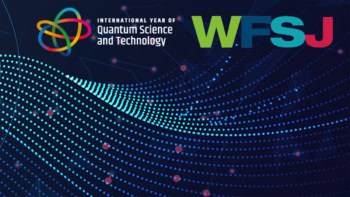Leonard Wossnig, chief executive of quantum drug-discovery company Rahko, describes the powerful capabilities of artificial intelligence and quantum computing when combined

What benefits does artificial intelligence (AI) add to the field of quantum technology that other tools don’t?
Quantum technology promises to revolutionize many aspects of life. However, we will need to employ many supporting technologies to realize its full potential, with AI being particularly important among these. In the field of drug discovery, we expect quantum computing to help tackle currently intractable problems that stand in the way of discovering better and safer drugs for more diseases. However, we will only be able to harness the powerful capabilities of quantum computing for drug discovery if we can embed them into an AI-based pipeline.
In drug discovery, we follow a well-established path to find the best candidates for a new drug. The first step is computational modelling to select drug candidates with a range of target properties. We then manufacture the most promising few candidates. The third step involves experimentally testing candidates to determine if they indeed have the target properties. These steps are then repeated until a candidate is confirmed to have the target properties. While effective, this process is extremely slow and expensive. Indeed, it takes an average of $2.6bn and 10 years to bring a single drug to market, largely because this process needs to be repeated so often due to our inability to identify high-quality drug candidates that have the necessary properties in the first step of this process.
So why do the computational methods in our modelling so often fail to produce candidates that can pass successfully through the subsequent steps? The success and failure of such modelling is based on two key criteria: prediction accuracy and screening speed. When it comes to the former, we need to predict the properties of each drug candidate with a certain degree of accuracy, to understand how each candidate will behave in the human body.
Today’s computational chemistry methods model how a drug will interact with a target in the body by calculating those interactions classically when in fact drug candidates are governed by the laws of quantum mechanics. What that means is that the predictions of computational chemistry methods are often highly inaccurate. This is one area where quantum computers hold great promise, as they will allow us to model the interactions of the candidates with the targets in the human body using quantum mechanical calculations, which are extremely accurate.
The other critical counterpart to prediction accuracy is the speed at which we are able to screen drug candidates. At the first step of the drug-discovery process, computational methods need to screen many candidates. In an ideal world we would be able to screen billions of candidates very quickly, modelling each one in a few milliseconds, thereby assessing a vast volume of candidates in a matter of days. Unfortunately, no quantum computer or classical computational chemistry method that calculates interactions will ever be fast enough to achieve such speed. This is where machine learning and AI become extremely important and valuable. With AI, we can take a few candidates, evaluate their properties selectively, then train a model to predict the properties of all remaining candidates, allowing us to screen large volumes of candidates at high speed.
What are the disadvantages of using AI?
We do not know of any obvious disadvantages in using AI in combination with quantum computing, when it comes to the discovery and development of new drugs. However, to combine the two technologies in practice is a complicated endeavour requiring diverse, multidisciplinary teams of scientists working together to be able to neatly integrate the two technologies.
While the four-step process described above seems straightforward, there are numerous additional complexities that need to be factored in, such as those inherent in collecting and working with experimental data. AI offers further benefits here, enabling the collection of higher quality data, which in turn enables the training of other AI models with smaller amounts of data. Automation with AI can allow cheaper and more reliable data collection.

How do you use AI in your research?
At Rahko, we work at the intersection of AI, quantum computing and computational chemistry. We are building a quantum drug-discovery pipeline to overcome the key challenges described above. Unlike standard deep learning approaches, the AI models we are developing are highly specialized for discovery. Deep learning methods, and more generally neural networks, have been immensely successful in areas such as image recognition, where data are abundant. However, due to the nature of the problem in drug discovery, we deal with very little data, with sourcing more data being very expensive or simply impossible to obtain.
In scenarios such as this where we have little data, neural networks absolutely fail to make good predictions as there are not enough data to train them. This is where our team at Rahko excels. We embed the laws of quantum mechanics into our quantum machine-learning methods, for example, in the way we represent data. This way, we are able to rely on minimal amounts of data to make good predictions that also generalize to many other candidates in the screening process.
This is particularly important when combining AI with quantum computing as quantum computers will be expensive to run for larger systems, and we will therefore need to be selective when running these high-precision calculations. Embedding quantum-mechanical calculations into our AI-based framework allows us to maximize the utility of each individual calculation we perform on a quantum computer.
In what specific areas of quantum tech will AI be most useful and most crucial in moving forward?
The synergies between quantum computers and AI will have the most obvious benefit to the discovery of drugs and other materials. Here, it is crucial to combine highly precise but still expensive quantum-mechanical calculations with AI, in order to be able to screen through billions of possible candidates to identify the most promising. Chemical simulation is also widely believed to be among the very first areas in which quantum computing will have a powerful impact, once the machines reach a sufficient scale.
Another area of significant potential is the correction of errors in quantum computers, which may allow us to accelerate the broad availability of quantum computers of sufficient scale for useful, practical applications. AI for quantum error correction and mitigation has been demonstrated to correct and learn a range of errors in current quantum computers. Our team is actively working in this area in partnership with industrial and quantum-computing hardware companies to test and understand the capabilities of AI for error correction (arXiv:1912.10063).


